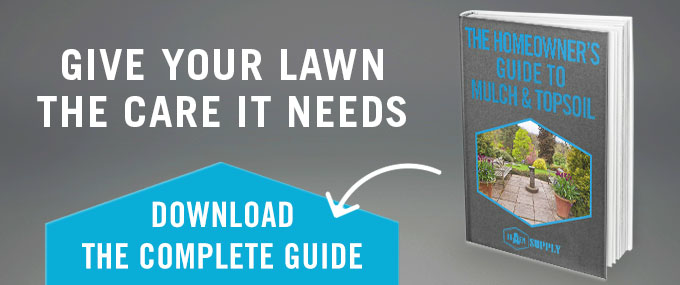Buy Pea Gravel in NJ for Driveways, Walkways & Paths
Pea gravel is among the most versatile and easily maintained exterior decoration and landscaping materials on the market.
It has a wide range of applications, but is most often used to top residential driveways, walkways and paths.
Compared to alternatives, pea gravel offers a long list of benefits in each of these three areas.
Benefits of Gravel Driveways
Compared to interlocking bricks, concrete and asphalt, pea gravel offers superior performance for a lower price.
While interlocking bricks are beautiful and durable, they cost more to install.
In contrast, pea gravel is easy to install and requires very little maintenance apart from occasionally smoothing out the driveway surface and topping up the gravel supply.
Building a gravel driveway is a straightforward DIY project that doesn’t require much experience or know-how, and its versatility makes it ideal for driveways of all shapes and sizes.
Benefits of Gravel Walkways
When it comes to walkways, the benefits of gravel once again shine through. As with driveways, pea gravel walkways are very easy to design and install, and it’s a project that most people can handle without the need to hire a contractor or landscaping professional.
Gravel walkways are also an attractive feature, adding to your home’s curb appeal while reducing maintenance needs. Maintaining a gravel walkway is very easy, requiring little if any effort once installation is complete.
Because walkways don’t have to deal with the same volume of heavy traffic as your driveway does, you have more room to get creative. Decorative gravel products can enhance appearance and can be used to create a striking complement to your home’s beauty.
Best of all, these benefits are available for very low costs, delivering a return on investment in the form of an increased home resale value.
Benefits of Gravel Paths
Adding a path to your garden or landscape is an ideal way to help keep foot traffic off your lawn while enhancing its overall visual appeal. Building a pea gravel garden path is very easy; simply plot out its shape, dig up the path, add landscaping fabric to prevent weeds from growing, install bordering elements and top the path with gravel.
Once you’ve completed the job, you’ll have very little to worry about in terms of maintenance.
As with gravel walkways, pea gravel paths can make creative use of decorative product variations that raise your garden’s esthetic effect.
These benefits combine to make gravel one of the most popular choices on the market for people seeking to add a path to their backyard landscape.
Why You Should Buy Gravel Directly from a Direct Supplier
There are many third-party suppliers of pea gravel out there, many of which claim to offer the best prices on the market. The problem is that those suppliers don’t have the specialized knowledge and expertise to guide you to the best possible product for your intended application, or to walk you through the relative benefits of the many varieties of gravel which are available.
When you source your pea gravel directly from a direct supplier, you can be sure that you’ll have access to the kind of specialized expertise you need to make the right decision.
Braen Supply is a leading supplier of gravel, offering premium-quality products at highly competitive prices along with value-added service and affordable, flexible delivery options.
Braen Supply proudly serves customers throughout New Jersey, New York State, Pennsylvania and the New York City area.

 Pea gravel has a wide range of uses in exterior design, and as with any landscaping product, the goal is to find
Pea gravel has a wide range of uses in exterior design, and as with any landscaping product, the goal is to find 
